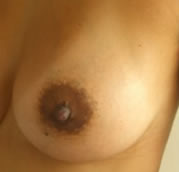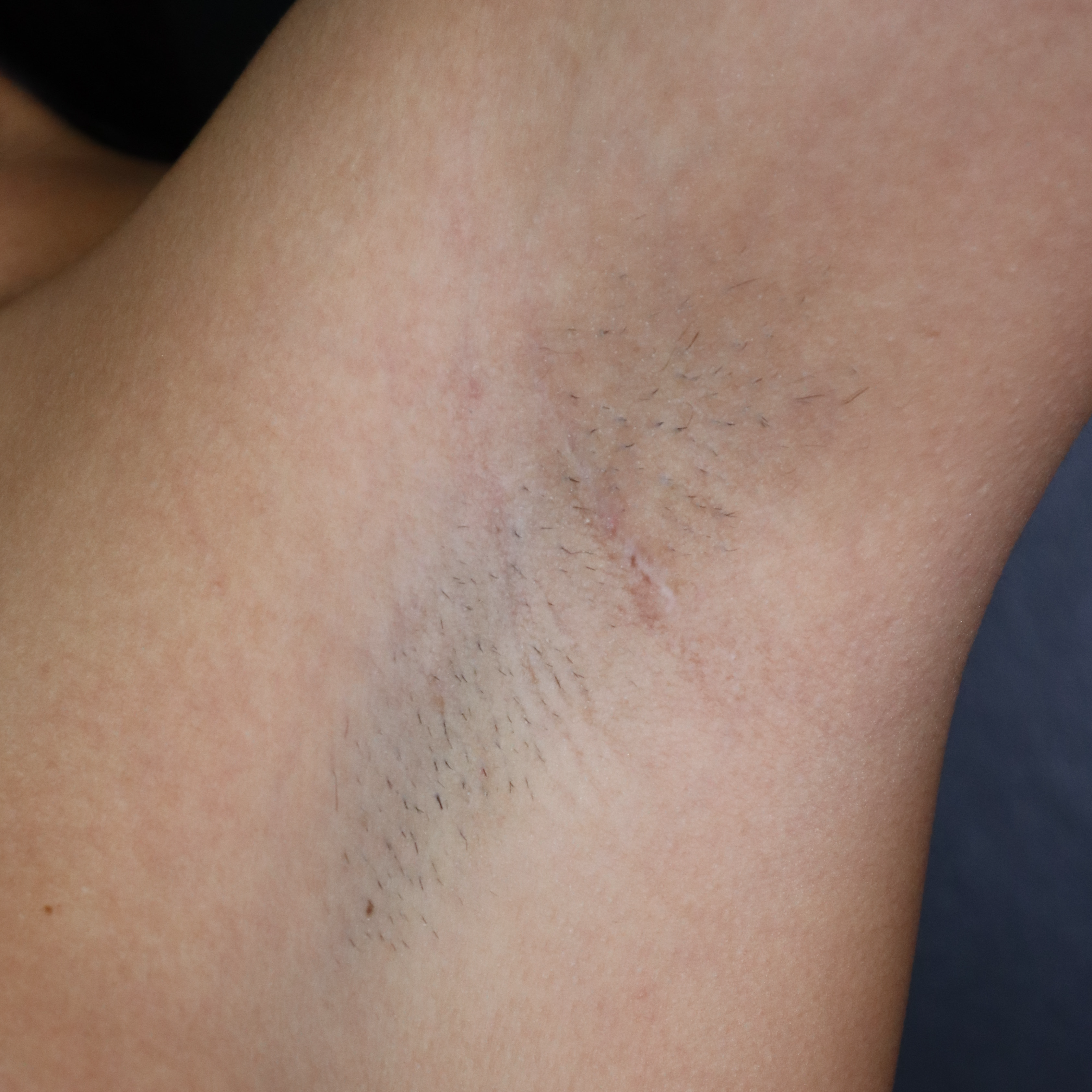In Honolulu, Hawaii, board-certified plastic surgeon Dr. Shim Ching offers the women who visit him for scarless breast augmentation from Oahu, Maui, Kauai, and beyond a variety of options for how the surgery is performed.
When it comes to incision placement, he recommends the transaxillary technique (in the armpit) for most patients because of its many benefits. Read on to learn why he prefers this incision and when he might find it appropriate to choose another method.
If you are considering getting breast implants and are researching Honolulu plastic surgeons, request a consultation with Dr. Ching, or call our office to schedule an appointment.
Incision Options
Dr. Ching has years of experience as well as knowledge of the most current techniques for performing breast augmentation. Because of this, he’s able to offer his breast augmentation patients a variety of incision options, which are summarized in the diagram and table below.

| Incision Name | Incision Placement | Advantages | Disadvantages |
| Transaxillary | In a natural crease of the armpit | 1. No scar on breast 2. Breast and nipple sensation restored 3. Incidence of infection and capsular contracture lowered |
Not suited for all types of silicone breast implants |
| Inframammary | In the fold at the base of the breast | Well suited for placement of silicone implants | 1. Possible impact to breastfeeding 2. Scar may be thicker than with other incisions |
| Periareolar | Along the lower edge of the areola | Scar less noticeable than with inframammary incision | 1. Possible nipple numbness 2. Possible impact to breastfeeding |
| Perithelial | Beside the nipple and within the areola | Scar less noticeable than with inframammary incision | 1. Possible nipple numbness 2. Possible impact to breastfeeding |
| Umbilical *Dr. Ching does not use this technique |
Within the belly button | No scar on the breast | 1. Difficult to place implants beneath the chest muscle 2. Surgeon cannot view surgical area 3. Difficult to control bleeding |
Dr. Ching’s Advanced Transaxillary Technique
When appropriate for the patient, Dr. Ching prefers to use the advanced transaxillary endoscopic technique he has developed for scarless breast augmentation. This technique requires only a tiny incision that is concealed in a fold of the upper armpit; it does not leave a scar anywhere on the breast.
How It Works
Dr. Ching performs this technique using small instruments and a special camera, called an endoscope, that enables him to look directly into the surgical area where he places the breast implants. With an endoscope:
- All steps of surgery are visualized
- The dissection is done precisely
- Bleeding is completely controlled
While other surgeons may use an armpit incision to place breast implants, most do not use an endoscope. Dr. Ching believes the use of an endoscope is necessary because without it, the surgery is essentially being done “blind” with blunt instruments. This leads to a high risk of unwanted complications such as increased bleeding, pain, and likelihood of asymmetry.
Advantages of the Armpit Incision
Dr. Ching favors the armpit incision because:
- The scar is practically invisible, as the incision is placed at the top of the armpit in a natural crease.
- Sensation of the areola and nipple is usually preserved, unlike when the incision is placed at the lower edge of the areola or next to the nipple.
- Damage to the breast is avoided. Incisions on the breast can damage the ability of the breast to produce milk after childbirth.
- The risk of infection and capsular contracture (hardening of the breasts) is lower.
Dr. Ching is one of the few surgeons who have perfected this advanced technique, in Hawaii or elsewhere.
Incision Types

Transaxillary

Periarolar

Perithelial
Other Techniques
While endoscopic transaxillary breast augmentation is one of the most advanced techniques for scarless breast augmentation available today, Dr. Ching understands it is not the best choice for all patients. He is experienced in performing a number of other techniques as well.
Periareolar Incision
This incision is placed just beside the areola (the circle of pigmented skin around the nipple). One advantage this incision offers is the scar is less visible than with the inframammary incision, especially for women with lighter colored areolas. Plastic surgeons usually prefer this method when the procedure is intended to adjust existing breast implants that were placed with an inframammary incision or with a combination breast augmentation and breast lift procedure.
Perithelial Incision
In suitable patients, an incision can be placed within the areola, just beside the nipple. The resulting scar can be very minimal.
Inframammary Incision
This incision is placed just below the breast, slightly above where the breast meets the chest. The inframammary incision is often the most suitable technique for silicone implants because they are already filled and require an incision large enough to fit the implant. The scar can heal thicker with this method, but it is often covered by the draping of the breast.






















